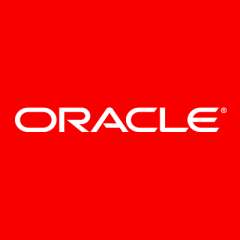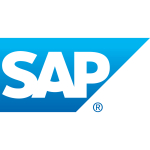I primarily tested on the cloud but I tried the on-premises version once.
It's about consolidation. They are trying to solve all the issues. Oracle has many solutions for managing resources. For example, if you have many applications to maintain, some applications share the same database. They need to restart, which will impact the other applications. You will have to stop all the services and that adds to downtime.
To solve this issue, Oracle Multitenant provides one container database. It is set up with many databases within each other as in a schema database. You will make each application connected to the pluggable database.
The database becomes pluggable. Inside this container is called a pluggable database and each application contains this pluggable database inside multitenant. We can then share resources like control files, memory, etc. This lets you stop and start each application without impacting the others. This resource sharing is the most valuable feature
If you would like to do this with the older version or another system, you would have to install many databases and each database will get a resource. Then you have to buy resources for the license, CPU, server, etc.
This is the main feature they use this solution for. Of course, if you get a cloud database service, they may not give you a dedicated database. If so, they will provide a pluggable one for part of the container like virtualization or clone. You can use this solution in that way also.
According to my point of view, this is the main feature with 12c compared to 11. It is called 12c for the cloud since they are preparing to move more to the cloud.
In the cloud, you're sharing resources. Not every database has a high load, so they distribute resources from one controller to this pluggable database.
They are sharing resources because there are usually wasted resources otherwise. There are companies that check the vitalization of your server, memory, hardware, and infrastructure. You will find that 70% or 80% of your resources are wasted.
I'm not using it in production yet. It's easy to test a product. You can test it, play with it, and use the trial, but to put it into production is another story.
That said, Oracle, in general, doesn't invest in their UI for any of their applications. If we're talking about the dashboard or other user experience, there is room for improvement. I'm talking about on-premises. The cloud version has started to improve.
The latest release is not as stable for anyone that has experience using the previous solution.
No one was using the latest version. Everyone was going to the previous version. For example, the latest version now is 12, so I'm going to work with version 11. I would then continue to work with the previous version until the stability of the new product is better, then we migrate or upgrade to that. This is the golden rule. If you got only this from me, it's enough.
Technical support takes a very long time and they aren't so cooperative.
When I was upgrading from version 11 to 12, the budget was limited, so I didn't get the latest version for production.
For me, I will go with it if I have the budget. Some features are nicer than before, but at the end of the day, you always have a limited budget. I prefer to upgrade and get specific hardware when possible. In the end, you will have to make a compromise. You will not get everything you would have liked to have.
I will give it an eight out of ten. The feature set is good, but Oracle is too complex. Anyone that has experience with Oracle knows that their product design or idea may be very good, but when you go to work it will take you hours because it is very complex.
Nothing is complete. I know that when I work with them I'm stuck with the product. Oracle is tough to implement and get it utilized for everything, but once it's implemented, it becomes stable. They give you a lot of promise, but you will face a hard journey when working with this product. It's not an easy product.











